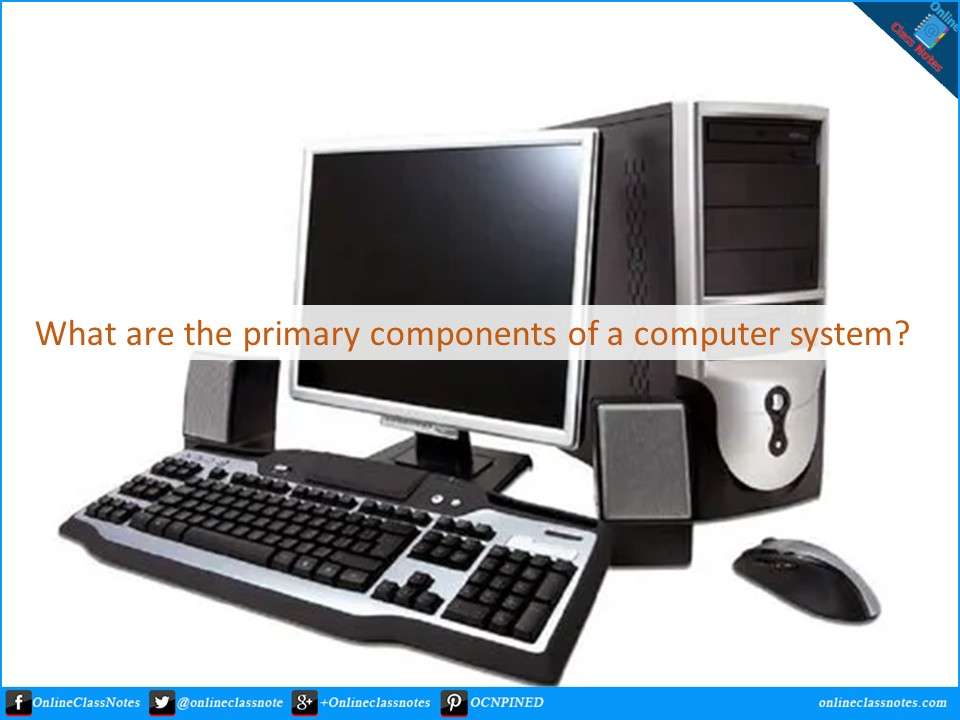A computer system is composed of several key components that work together to process and manage data. These components can be broadly categorized into hardware and software, with hardware referring to the physical parts of the computer and software referring to the programs that run on the hardware. Here are the primary components:
Central Processing Unit (CPU)
The CPU, often referred to as the “brain” of the computer, is responsible for executing instructions from programs. It performs basic arithmetic, logic, control, and input/output operations specified by the instructions. The CPU has several important subcomponents:
- Arithmetic Logic Unit (ALU): The arithmetic logic unit handles arithmetic and logical operations.
- Control Unit (CU): The control unit directs the operation of the processor by telling the memory, ALU, and input/output devices how to respond to program instructions.
- Registers: Small, fast storage locations within the CPU that hold data temporarily for processing.
Memory (RAM)
Random Access Memory (RAM) is the computer’s short-term memory, where data and programs currently in use are stored so that they can be quickly accessed by the CPU. Unlike long-term storage, RAM is volatile, meaning it loses its data when the computer is turned off.
Storage
Storage refers to the hardware components that store data on a long-term basis. There are two main types:
- Hard Disk Drive (HDD): Uses magnetic storage to store and retrieve digital information using one or more rigid rapidly rotating disks (platters) coated with magnetic material.
- Solid-State Drive (SSD): Uses flash memory to store data, providing faster data access speeds and better reliability compared to HDDs.
Motherboard
The motherboard is the main circuit board that houses the CPU, memory, and other crucial components. It also provides connectors for other peripherals. It acts as the backbone of the computer, allowing communication between all components and peripherals.
Power Supply Unit (PSU)
The PSU converts electrical power from an outlet into a usable form for the computer, supplying power to the motherboard, CPU, and other hardware components.
Input Devices
Input devices allow users to interact with the computer and provide data to it. Common input devices include:
- Keyboard: Used to input text and commands.
- Mouse: Used to interact with the graphical user interface.
- Others: Scanners, microphones, webcams, etc.
Output Devices
Output devices allow the computer to communicate information to the user. Common output devices include:
- Monitor: Displays visual output from the computer.
- Printer: Produces a physical copy of digital documents.
- Speakers: Output audio signals.
Peripheral Devices
Peripheral devices are additional components that expand the functionality of a computer. These include external storage devices, networking hardware (like modems and routers), and various other external gadgets.
Software
Software refers to the programs and operating systems that run on the computer hardware. The operating system (OS) manages hardware resources and provides common services for application software. Examples include Windows, macOS, Linux, and various application programs like Microsoft Office, web browsers, and games.
The primary components of a computer system include the CPU, memory, storage, motherboard, power supply, input and output devices, and software. Each component plays a vital role in the overall functionality and performance of the computer, working together to perform a wide range of tasks from basic calculations to complex applications.
